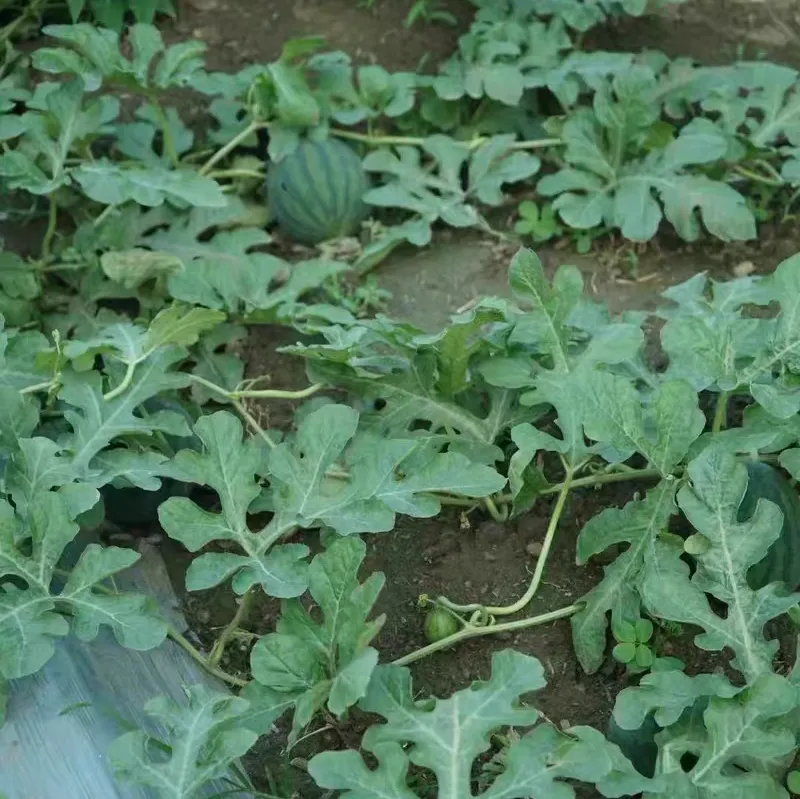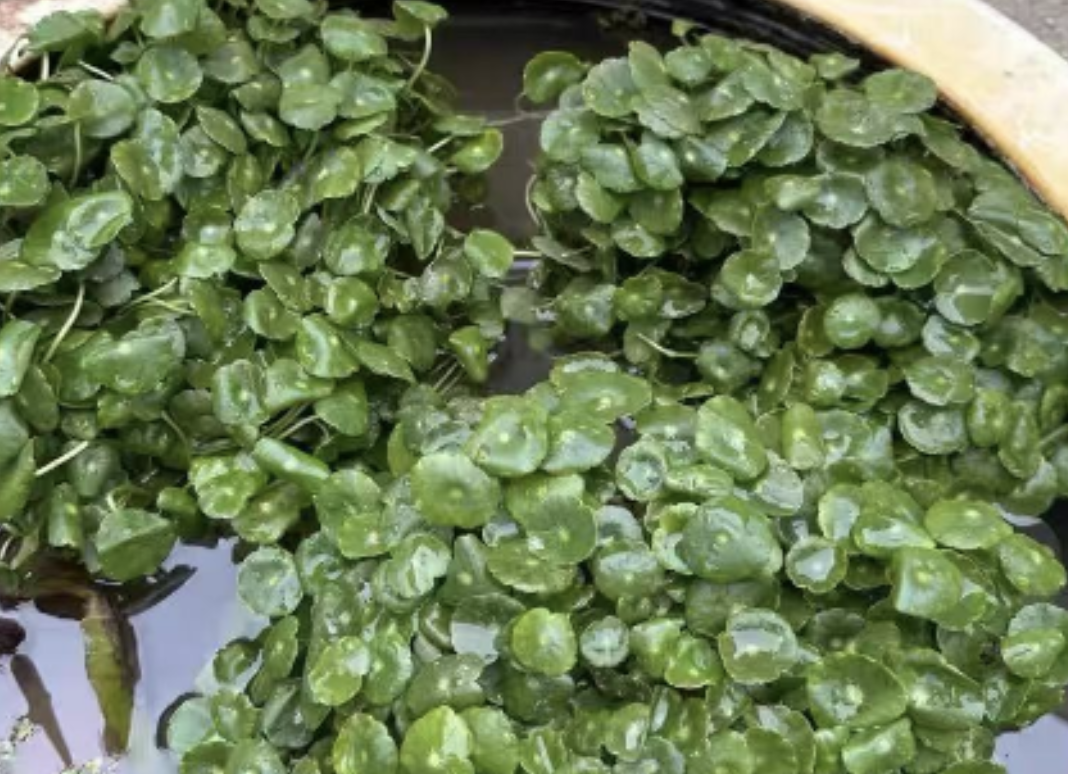When growing watermelons, do your healthy seedlings suddenly develop yellow leaves and wilt day by day? Don’t worry. Today, let’s talk about the causes of yellowing leaves—only by addressing the root cause can we save them.
### 1. Pesticide Damage
Did you accidentally spray herbicide on the seedlings? Or did pesticide drift over from a neighboring field? Seedlings affected by pesticide damage will suddenly have yellow, curled leaves, and in severe cases, the leaves will directly scorch! A closer look will reveal irregular yellow spots on the leaves, as if they’ve been burned.
**First-Aid Measures**:
- **Emergency Ventilation**: Ventilate immediately if something seems wrong! For greenhouse cultivation, open all top and side vents; for outdoor cultivation, remove the sunshade net to let toxic fumes disperse. Ventilation should last 2-3 days.
- **Biological Detoxification**: Drench the roots with microbial agents! Bacillus subtilis or EM bacteria work well. Dilute them with water according to the product instructions and thoroughly water the seedling roots. These beneficial bacteria can not only break down toxins in the soil but also promote root growth.
- **Flood Irrigation**: Finally, flush the soil with plenty of water to dilute residual pesticides. However, don’t let the seedlings sit in water for more than 6 hours, as this can suffocate the roots. It’s better to water slowly with a small amount, then drain promptly after thorough watering.
Once the seedlings recover, spray amino acid foliar fertilizer to replenish nutrients and encourage new leaf growth! Spray every 3-5 days, and repeat 2-3 times for better results.
### 2. Root Burn
Did you bury unfermented chicken or cow manure directly in the soil? Or use too much chemical fertilizer? Seedlings with root burn will have scorched leaf edges. When gently pulled up, their roots will be dark brown and emit a rotten smell!
**Prevention Methods**:
1. Organic fertilizers must be fully decomposed! Chicken manure needs to be composted for at least 3-6 months until it’s no longer hot, odorless, and turns dark brown. Adding fermentation bacteria during composting can speed up the decomposition process.
2. If root burn is detected, act quickly! Flush the soil with microbial agents (5-10 jin per mu) and water thoroughly to dilute the fertilizer damage. For severe root burn, it’s advisable to dig up the soil around the roots and replace part of it with new soil.
### 3. Nutrient Deficiency Yellowing
- **Calcium Deficiency**: Leaves are wrinkled, leaf edges are scorched, and growth points die.
- **Magnesium Deficiency**: Yellowing between leaf veins.
- **Iron Deficiency**: New leaves turn white, while old leaves remain normal.
**Fertilization Methods**:
1. Apply base fertilizer before planting. Add 20kg of high-calcium, potassium, and magnesium fertilizer per mu to supplement trace elements.适量的生物有机肥 can also be added to improve soil structure.
2. For seedlings with yellow leaves, spray foliar fertilizer immediately! Mix chelated calcium, magnesium, boron, zinc, and iron with brassinolide and spray weekly for 3 consecutive weeks. It’s best to spray in the evening on sunny days for better absorption.
### 4. Red Spiders
Are there dense white spots on the leaves, with tiny red dots crawling on the undersides? These are red spiders! They feed on leaf sap, and severe infestations can kill the entire plant. A closer look will reveal fine webbing on the leaves.
**Pest Control Tips**:
1. Clear all weeds around the watermelon field. Removed weeds should be taken out of the field and burned, not left in the soil.
2. Use 1.8% abamectin (2000x dilution) or 2% avermectin (1500x dilution), focusing on spraying the undersides of leaves! Spray every 5-7 days,连续喷 2-3 times.
### Daily Prevention Tips
1. Inspect the field at least 2-3 times a week to detect and resolve issues early.
2. Test soil pH and nutrient content before planting each year to supplement any deficiencies.
3. Fertilize scientifically according to the watermelon’s growth stage; avoid overusing nitrogen fertilizer.
4. Clear residual plants and fallen leaves promptly after harvest to reduce residual pathogens and insect eggs.
What causes the yellowing of watermelon seedling leaves?

Share with
Tagged in :




Leave a Reply